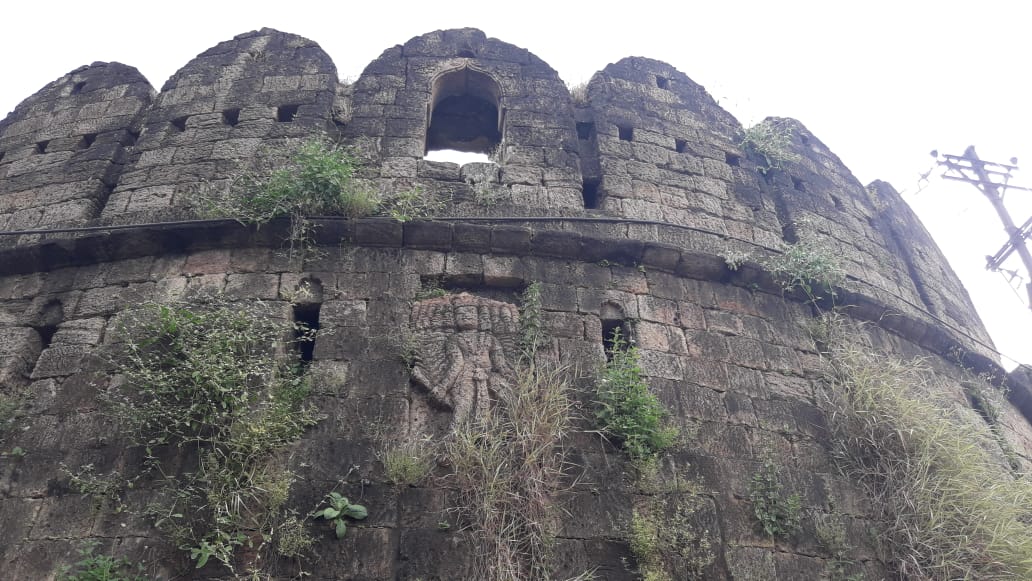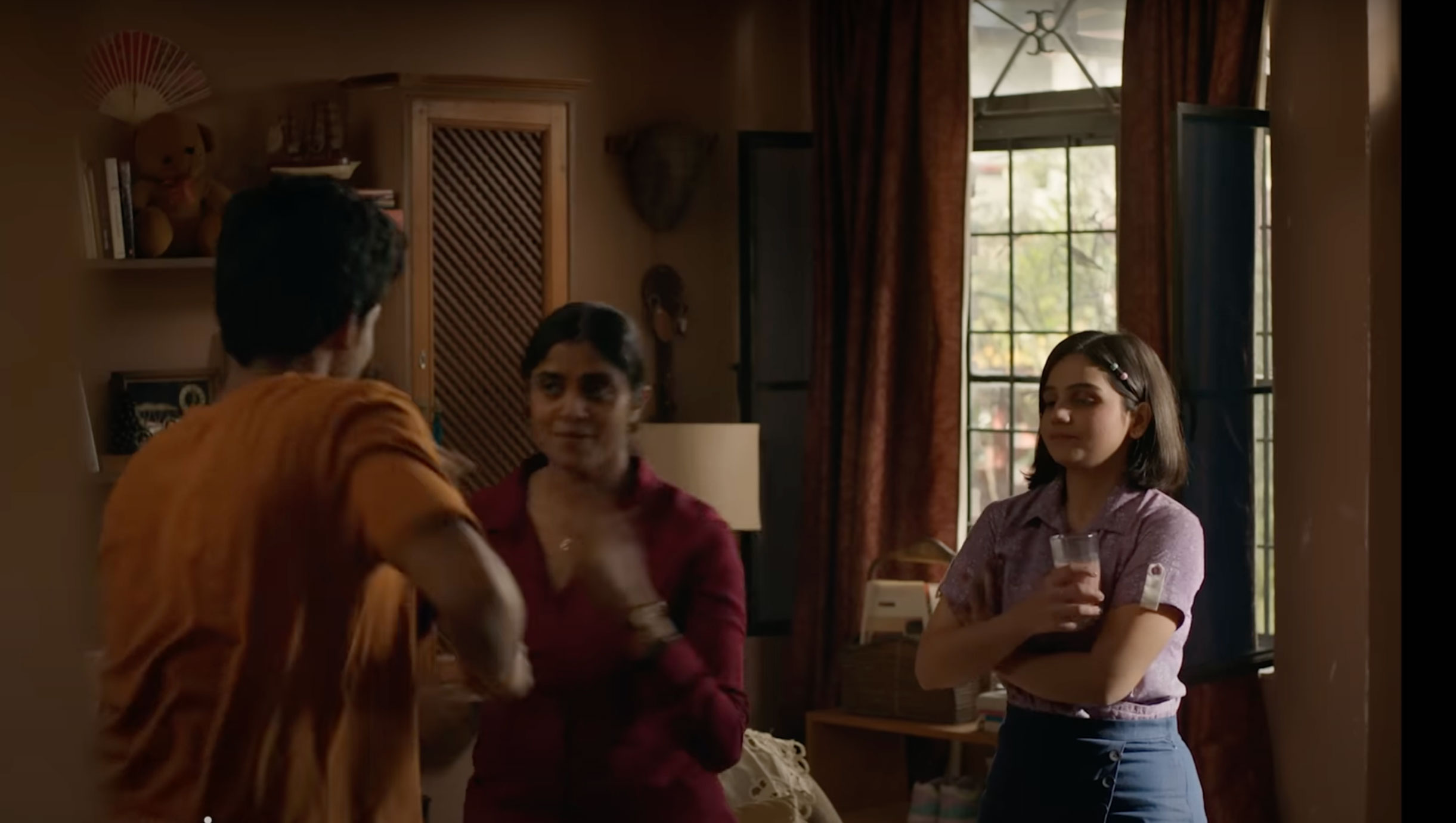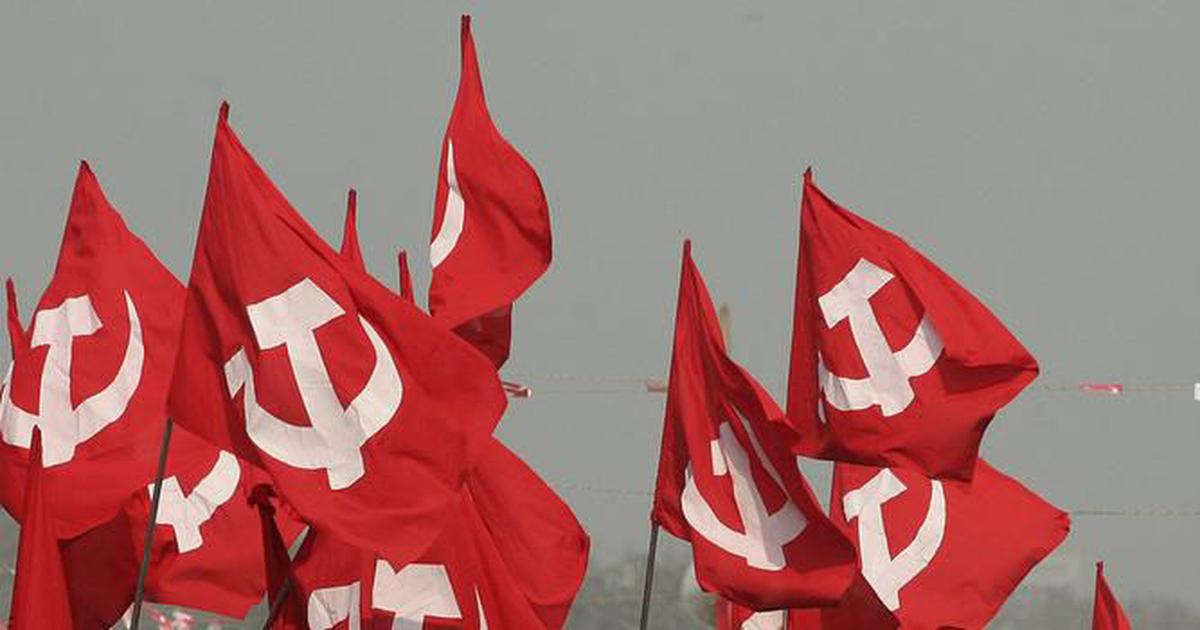In independent India, the demand for a caste census has been there for quite some time now. When the 14th Census began in 2011, the demand for including caste in it was heard again. Earlier, the demand for a caste census was raised only by a section of politicians and it was opposed by other politicians, professors, bureaucrats, social activists, journalists and lawyers – in short, by the entire intellectual class. Since the demand came from mostly from the backward classes, it fizzled away soon. But this time, the atmosphere is a bit different because the implementation of the Mandal commission’s report has led to the emergence of an intellectual class among the OBCs. Along with the intellectuals of the Dalit, minority and tribal communities, it has formed a powerful pressure group. If one goes through the debate in Parliament on the caste census, the impact of this intellectual class can be seen in the quality of the speeches.
 It was a Delhi-based organization called Janhit Abhiyan that brought politicians, professors and social thinkers in favour of a caste census on a common platform and gave the demand the shape of a movement. Janhit Abhiyan was founded in 2007 by Raj Narayan Yadav, along with Dr Chandra Shekhar Yadav, Rajendra Ravi, Dr Anoop Saraya and Sanjay Kumar. The initial objective of the organization was to ensure better implementation of government policies. The organization launched the Gerua movement in Bihar, whose aim was to get broken bridges rebuilt. It was during its involvement in the movement that the organization realized how important statistics were for the successful implementation of any policy or programme. To collect statistics, a wing named Janhit Research Group was set up within the organization. The members of this group used RTI as a potent weapon. It sought to know from the Government of India whether it had complete data on any village in the country – including on caste, religion, age, education, land ownership and income of all its residents. The answer was no. Then the group asked the Planning Commission whether the availability of such data would help it make better programmes. The answer was yes. It was around this time that the government issued the notification for the 2011 census, which prompted Janhit Abhiyan to launch a campaign for the inclusion of information about caste in the enumeration process.
It was a Delhi-based organization called Janhit Abhiyan that brought politicians, professors and social thinkers in favour of a caste census on a common platform and gave the demand the shape of a movement. Janhit Abhiyan was founded in 2007 by Raj Narayan Yadav, along with Dr Chandra Shekhar Yadav, Rajendra Ravi, Dr Anoop Saraya and Sanjay Kumar. The initial objective of the organization was to ensure better implementation of government policies. The organization launched the Gerua movement in Bihar, whose aim was to get broken bridges rebuilt. It was during its involvement in the movement that the organization realized how important statistics were for the successful implementation of any policy or programme. To collect statistics, a wing named Janhit Research Group was set up within the organization. The members of this group used RTI as a potent weapon. It sought to know from the Government of India whether it had complete data on any village in the country – including on caste, religion, age, education, land ownership and income of all its residents. The answer was no. Then the group asked the Planning Commission whether the availability of such data would help it make better programmes. The answer was yes. It was around this time that the government issued the notification for the 2011 census, which prompted Janhit Abhiyan to launch a campaign for the inclusion of information about caste in the enumeration process.
Janhit Abhiyan organized the first convention on caste census in Delhi in 2009. Among others, socialist thinker Surendra Mohan, Lohiate thinker Mastram Kapoor, sociologists Prof Nanduram and Prof Imtiaz Ahmed and journalist Dileep Mandal participated. After bringing these intellectuals on board, the organization tried to rope in members of Parliament of different parties. The speciality of the campaign was that the organizers never sought any monetary aid from anyone and asked the volunteers themselves to bear the expenses. Slowly, the caravan started getting longer and many Dalit and OBC MPs helped Janhit Abhiyan organize programmes and meetings in support of caste census in their respective states. Eventually, the movement acquired a pan-Indian character. Raj Narayan says Sharad Yadav, Mayawati, Madhya Pradesh Chief Minister Shivraj Singh Chouhan, Congress MP K. Hanumanta Rao, Chagan Bhujbal, TDP supremo K. Chandrababu Naidu, late Gopinath Munde and others not only publicly backed the movement but also personally encouraged the activists of the Janhit Abhiyan. The organization held big conventions in Delhi in 2010, 2011, 2012 and 2013. In July this year, a convention was held in Delhi. The organization also published many booklets to create awareness among the masses about the need for a caste census. The organization is of the view that the caste census is in public interest and without it, it would be next to impossible to secure the rights of the deprived.
Despite the intensive campaign of Janhit Abhiyan, the UPA government played a trick and, instead of including caste in the census, ordered a separate socio-economic survey to collected caste-related details. But Janhit Abhiyan is not disheartened by the negative approach of the government. It will continue its campaign to build pressure on the government to release the figures of the survey and to include the column of caste in the enumeration forms for the next census.
Published in the September 2015 issue of the FORWARD Press magazine





